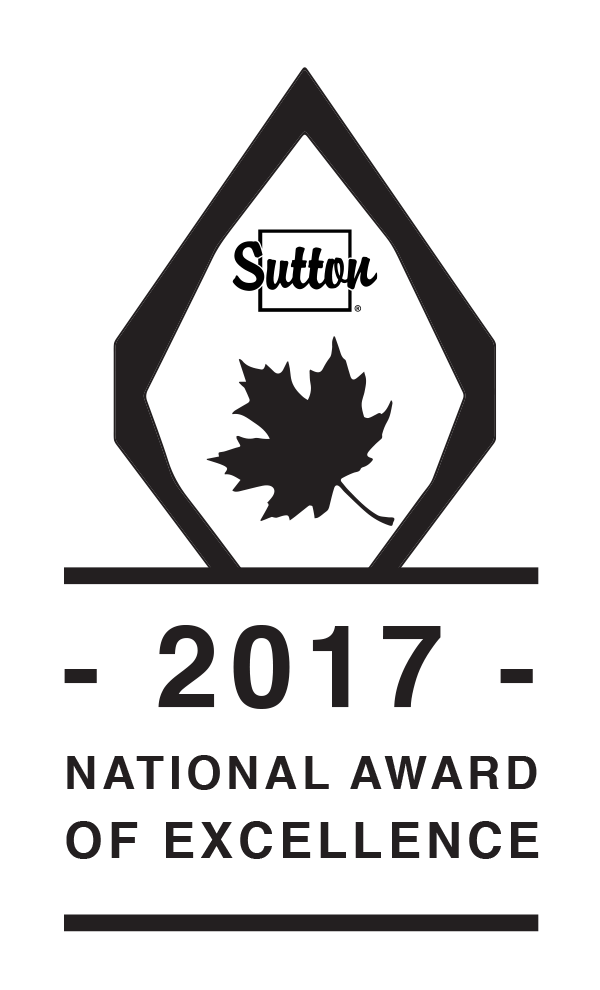Winter is coming! Brace yourself by making sure you check each item on this to-do cheatsheet before the snowstorms hit.
Rake leaves.
Leaving too many leaves on a lawn over winter in a snowy area can inhibit spring growth and encourage disease spread.
Feed and maintain your lawn.
Overseed the lawn if required and mow one last time, leaving about two inches before the first snowfall. Cutting grass short will lessen the chance of snow mould forming. Aerate your lawn after renting a lawn aerator at any equipment rental store. Get one that will remove plugs of soil rather than one that pokes holes in the ground.
Prune plants.
Fall is the perfect time to trim trees, as their summer growth period is finally over. Your goal is to keep limbs and branches at least 3 feet from your house so moisture doesn’t drip onto roofing, and to prevent damage to your house exterior during high winds. Besides, you don’t want to increase fire hazards.
Clean gutters.
If they’re clogged, you can end up with a flooded interior and damaged exterior. So clean them, and if necessary, replace them. Did you know that an old plastic spatula makes a great tool for cleaning debris from gutters?
Store your patio furniture.
Just because we say outdoor furniture, doesn’t mean you shouldn’t stow it away in a garage or shed to increase its life expectancy. If you don’t have anywhere to store the items, cover them in a waterproof cover.
Drain and store garden hoses and shut off exterior faucets.
Freezing water can split a hose open. Disconnect your hoses and drain them by blasting out the water with an air compressor or stretch them out on a sloped yard or driveway, before storing them in the garage.
If your outdoor faucets have shut-off valves located on the inside of your home, turn them off, along with your sprinkler system. Consider insulating water pipes that are close to exterior walls.
Clean and stow your mower.
If your mower sits for months with gas in its tank, the gas will deteriorate, which can damage the engine. Add fuel stabilizer to your gasoline can to keep it in good condition over the winter, and top off your mower tank with stabilized gas before you put it away for the winter. Run the mower for five minutes to make sure the stabilizer reaches the carburettor.
You can also choose to run your mower dry before stowing it.
Make exterior repairs.
Take a walk around your property, looking for signs of damage to the driveway, roof, patio deck, siding and foundation. If you spot anything that needs repair, schedule it before winter weather strikes. Seal gaps where critters could enter.
Prepare and test your snow removal gear.
Keep your snow shovels, ice melt, gloves and toque handy before the first snowfall, and service your snow blower to ensure it is ready to go when you need it.
Change your filters.
If your filters are clogged, it’s harder to keep your home at the right temperature. To avoid expensive bills, clean these filters on a monthly basis, all year round. Disposable filters can be vacuumed one time before you replace it, and foam filters can just be vacuumed and not replaced.
Check your detectors.
Test all smoke and carbon monoxide detectors to ensure they are working. Replace batteries. With gas furnaces and fireplaces burning away, windows closed and portable space heaters humming along, the danger of noxious gases escaping is especially present during colder months.
Conduct an energy audit.
Hire a professional to assess your home’s current energy efficiency and give you a list of recommended improvements you can make. It can include upgrading to Energy Star appliances, adding insulation to the attic or adding weatherstripping.
Check weatherstripping.
Keep cold air out and cut energy costs by sealing cracks with door sweeps, rubber foam, sealing tape and draft sealers.
Schedule a chimney and heating system maintenance.
Making sure your chimney and furnace or boiler are cleaned, maintained and in working order before you need to turn on the heat is an important safety measure. If you haven’t already, add a chimney cap to stop critters from crawling down.




